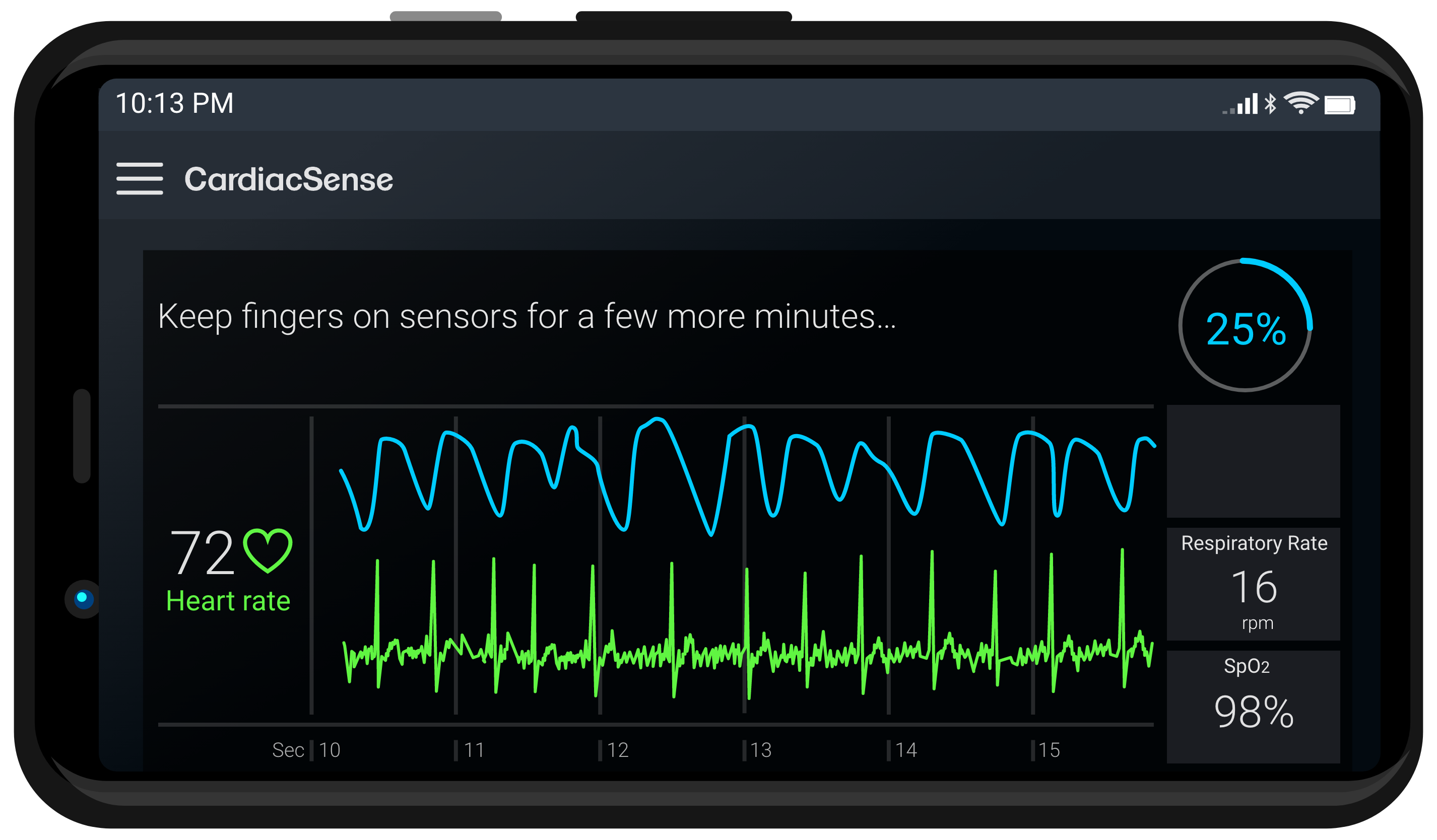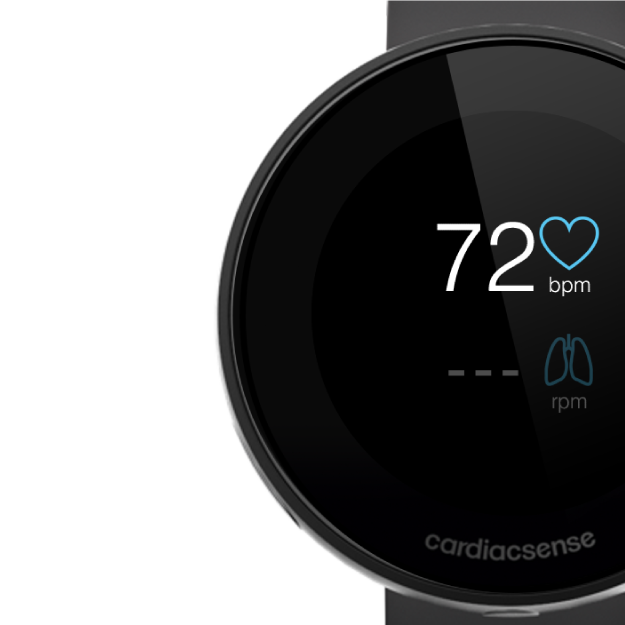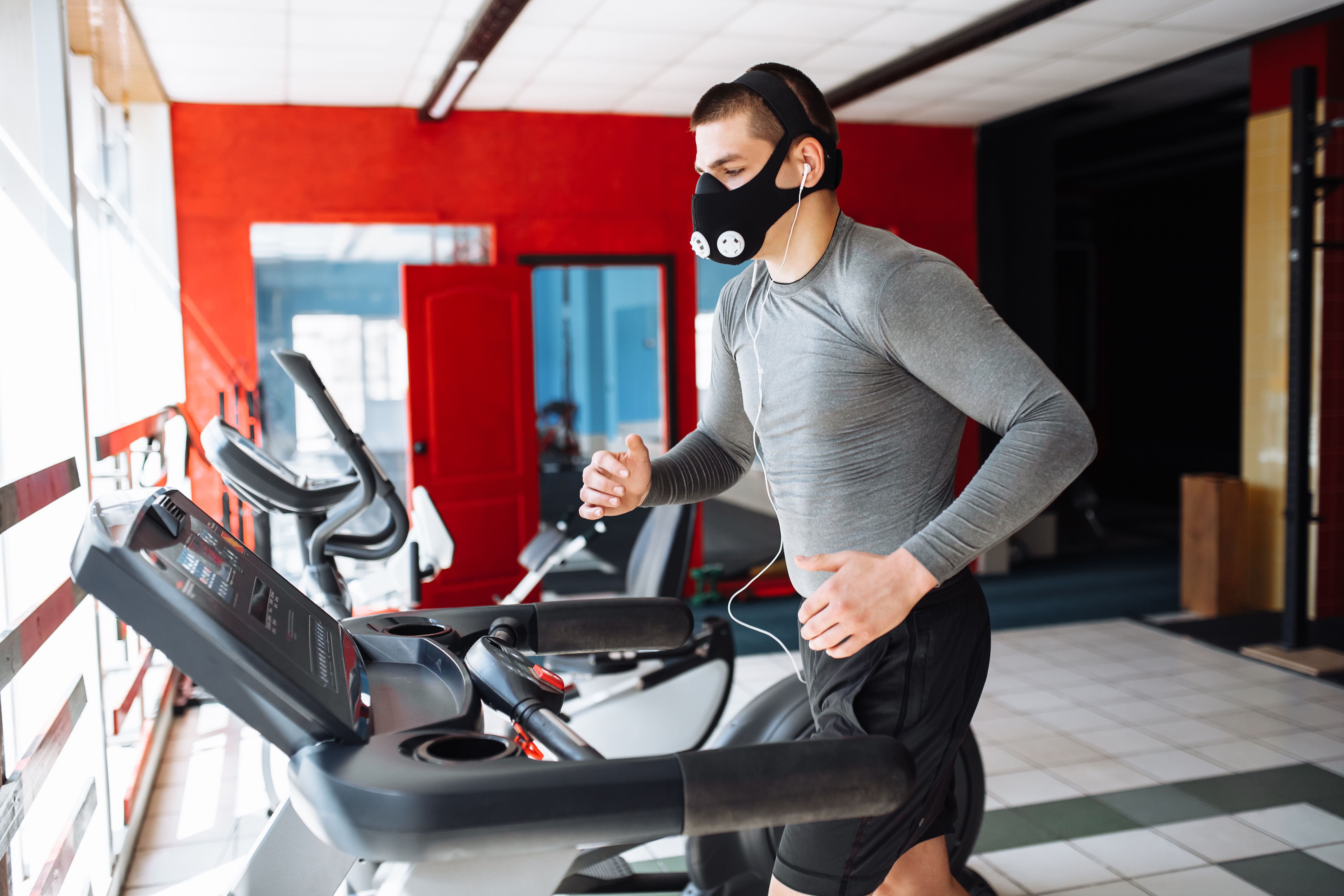Meet, beheer en bewaak jouw gezondheid.
Breng je gezondheid in kaart met CardiacSense. Deel eenvoudig jouw gegevens met een arts en neem controle over jouw gezondheid.
Neem je gezondheid nu in handen

Met CardiacSense draag je altijd een ECG-toestel, holter, stappenteller en slaapmonitor rond je pols.
CardiacSense is een medische gevalideerde 'health watch' met groot gebruiksgemak voor het thuismonitoren van jouw vitale bio-parameters. 24/7 wordt een grote hoeveelheid kwalitatieve klinische data op niet-invasieve wijze verzameld en indien nodig, bezorgt aan je arts.
Wat meet je met jouw CardiacSense?

Elektrocardiogram (ECG)

Zuurstofverzadiging (SpO2)

Atriumfibrilleren (AF)

Ademhalingsfrequentie (RR)
CardiacSense groeit samen met jou
We zijn breiden continu de mogelijkheden van CardiacSense en de app uit. Is er een feature die je er graag bij wilt zien op termijn? Laat het ons weten.
Ondersteuning
Bekijk onderaan de vaakvoorkomende vragen van andere CardiacSense gebruikers. Staat jouw vraag er niet tussen? Stuur ons dan een mailtje via het contactformulier of bel ons op he nummer +32 (0)3 500 24 25
Vaak voorkomende vragen
Staat jouw vraag er niet tussen? Stuur ons een mailtje, we helpen je graag verder.

Dit zeggen anderen over CardiacSense

Dankzij het horloge voel ik me niet langer alsof ik vastzit op de achterbank
★★★★★
Cameron W.
Meet, beheer en bewaak jouw gezondheid.
Wees deel van de volgende generatie in medical watches. Bestel jouw CardiacSense en ontvang:
✔️ CardiacSense Medical Watch
✔️ Oplader + USB-C Kabel
✔️ Comfortabele horlogeband + extra horlogeband
✔️ Gratis CardiacSense PRO abonnement tot eind 2025
✔️ Alle updates + geplande nieuwe functies
✔️ Vervang jouw ECG, bloeddrukmeter, stappenteller, slaapmeter en thermometer met één horloge
✔️ Gevalideerde klinische data die je makkelijk deelt met jouw arts
✔️ WhatsApp support in het Engels
✔️ Mail- & telefoon support in het Nederlands & Frans
Laat je medische opvolging niet langer aan het toeval over. Neem vandaag jouw gezondheid in handen.







